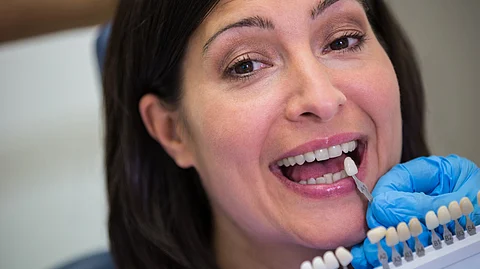By Amir Razzaq
Losing teeth doesn’t just change your smile—it changes how you eat, speak, and even feel about yourself. Thankfully, today’s dentistry offers more than one solution. From a single tooth implant to full mouth dental implants or the popular All-on-4 dental implants, patients now have flexible options that fit different needs, budgets, and lifestyles. This guide breaks down each treatment in plain English, helping you understand the pros, costs, and long-term benefits so you can make the right decision with confidence.


